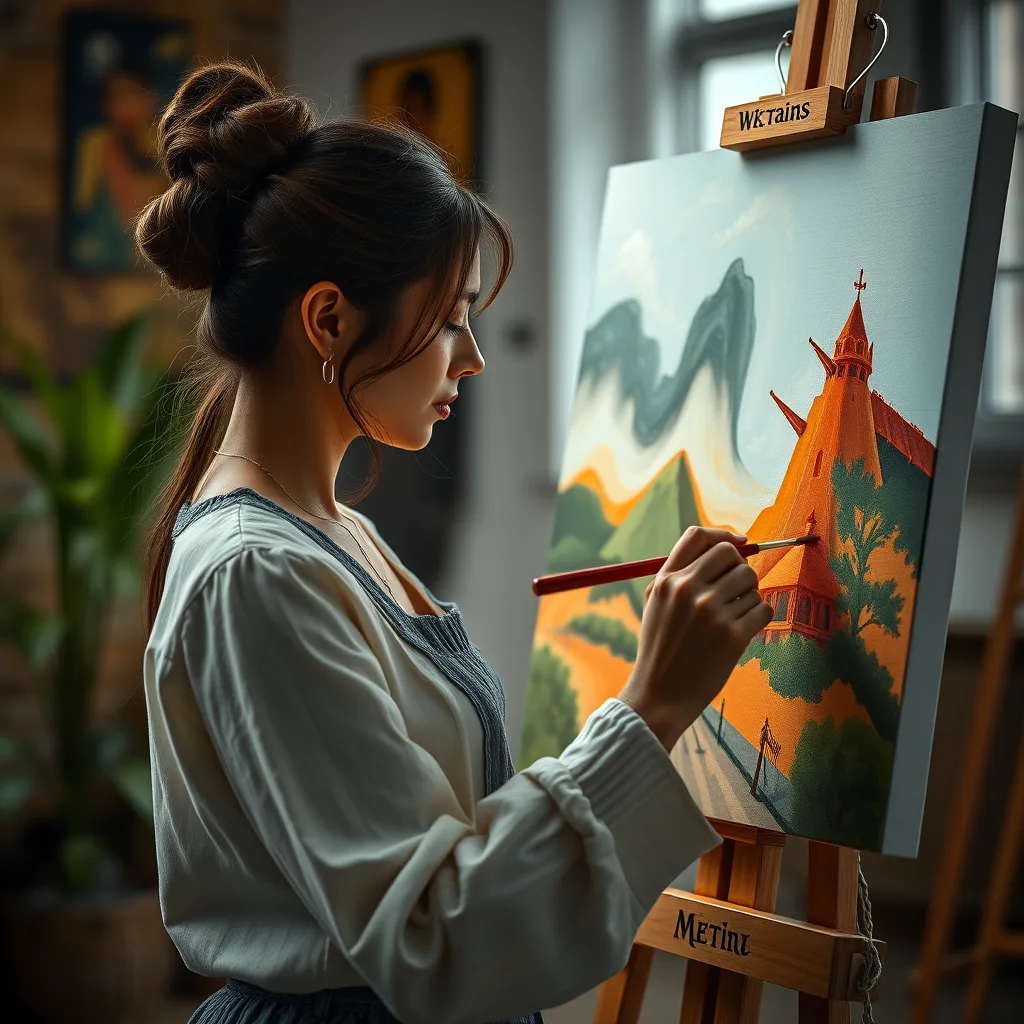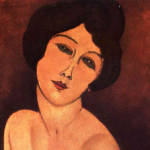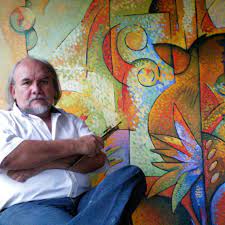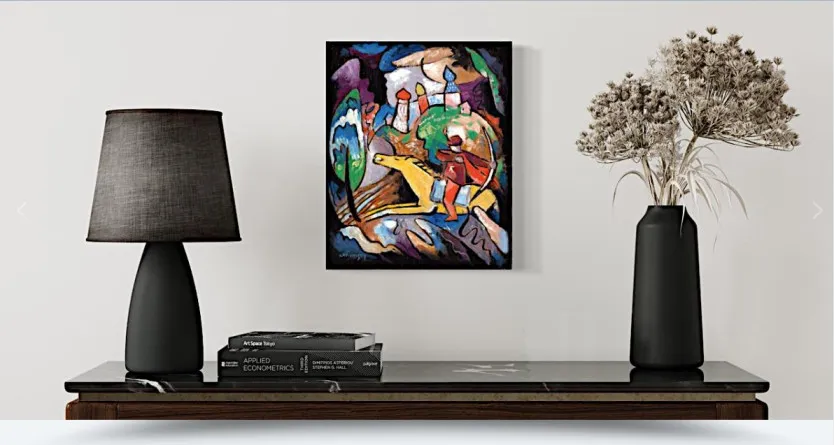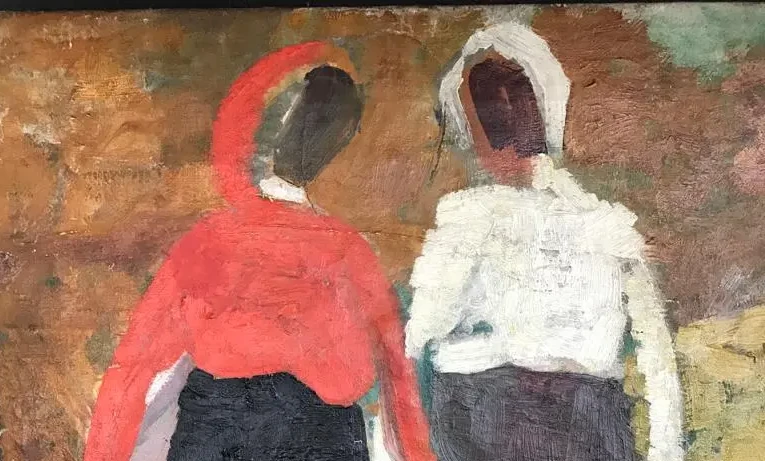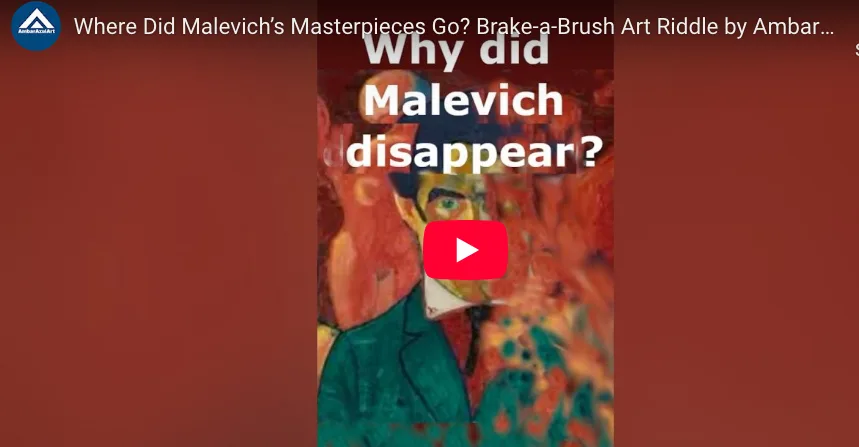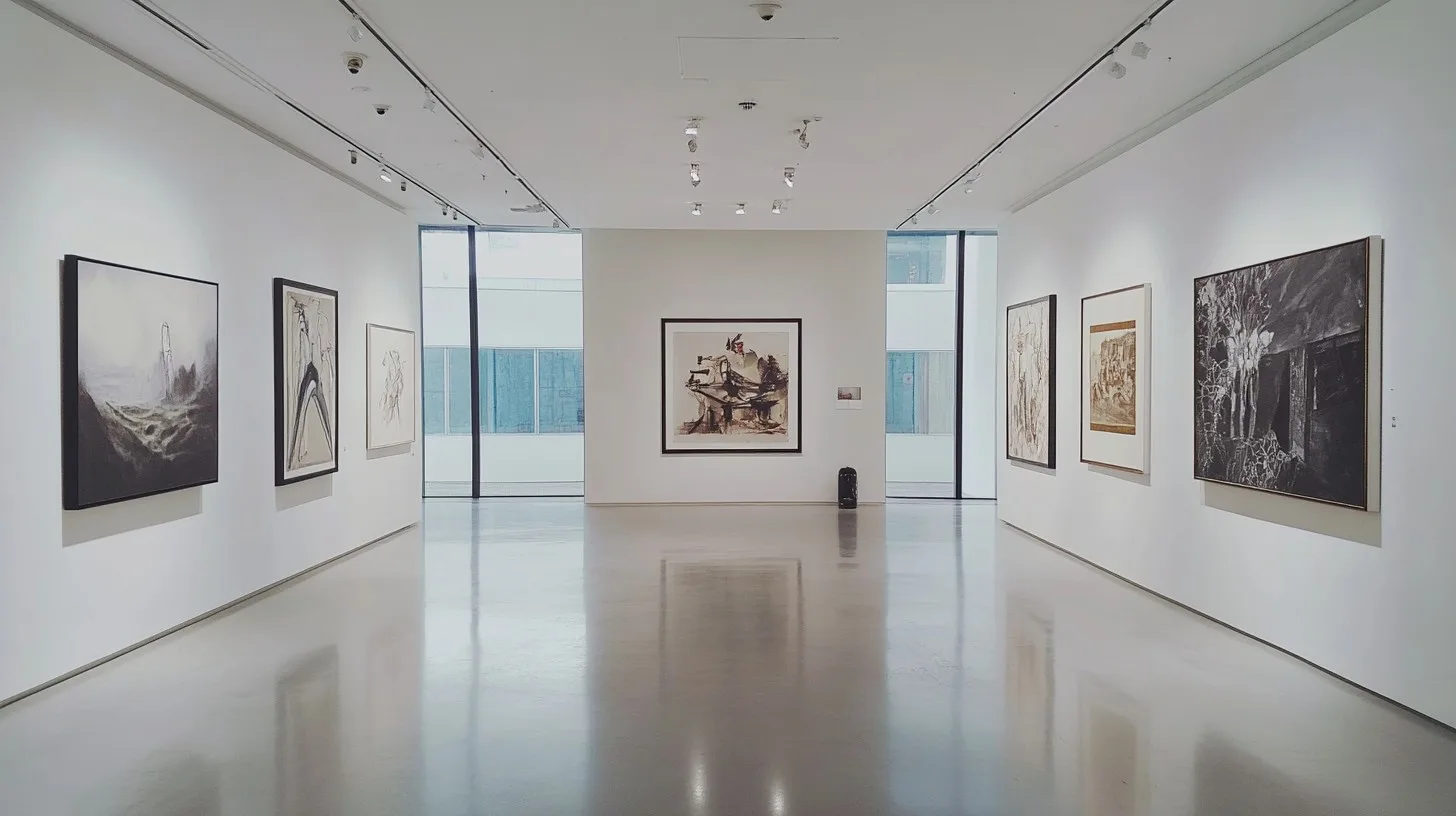
How Art Dealers Shape the Art World
When we admire a painting in a museum or collection, we focus on the artist. But who helped them get there? Who believed in their work before the rest of the world did?
That question sits at the heart of The Art Dealers: The Powers Behind the Scene Tell How the Art World Really Works by Laura de Coppet and Alan Jones. First published in 1984 and revised in 2002, this book lifts the curtain on the influential figures who shaped modern art.
Told through first-person interviews with top New York dealers, it gives us an inside look into how art careers are built, how galleries work, and how the art market takes shape.
Dealers Build the Art World
This book makes one thing clear: art dealers are more than middlemen. They are curators, mentors, and trendsetters.
Names like Leo Castelli, Betty Parsons, Sidney Janis, and Ivan Karp come up often. These dealers helped launch artists like Jackson Pollock, Andy Warhol, and Jean-Michel Basquiat—long before the art world gave them its stamp of approval.
Many of their decisions were based on gut feeling. Castelli, for example, didn’t rely on a fixed business plan. He followed his instinct. That freedom and risk-taking helped entire art movements—like Pop Art and Minimalism—flourish.
Trust Builds Careers
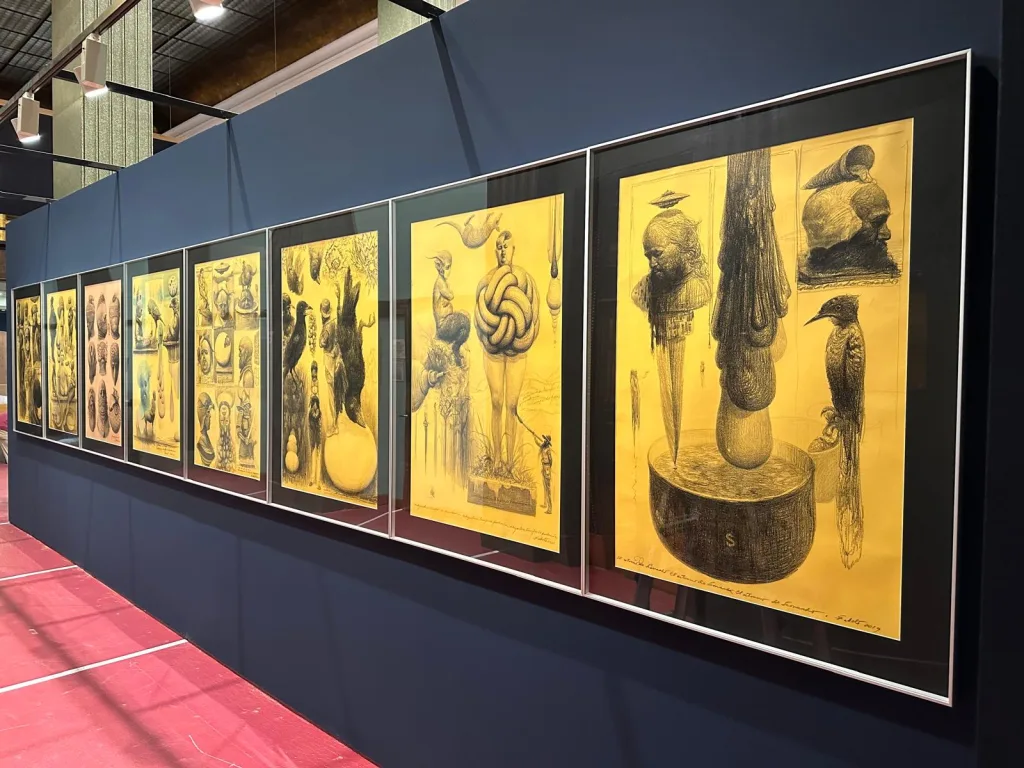
The book shows us that a strong dealer-artist relationship is about more than money. It’s built on trust and loyalty.
Dealers often invest in unknown artists. Sometimes, they support them for years before they see real success. Many artists, in turn, stay loyal—even when other offers come their way.
Collectors rely on trust too. Ivan Karp explains that selling art isn’t just about closing a deal. It’s about finding the right home for a piece. In the end, a dealer’s name and values matter more than flashy numbers.
Galleries Do More Than Sell
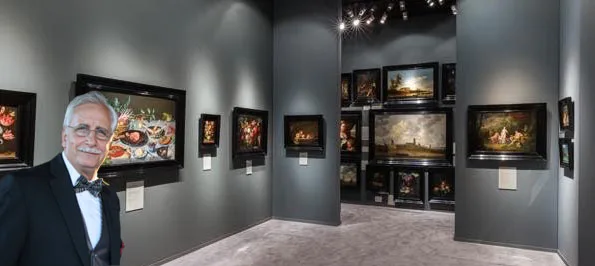
The gallery isn’t just a space—it’s a stage. Dealers frame, present, and explain the work they show. They help write the story of a generation.
Betty Parsons is a great example. She stood behind Abstract Expressionists when many dismissed them. Her gallery gave these artists a chance to be seen and taken seriously.
The Art World Evolves
In the 2002 edition, de Coppet adds voices from the 1980s and 1990s. Dealers like Mary Boone and Annina Nosei step into the spotlight.
By then, things were changing. Auction houses and global art fairs were rising. The gallery was no longer the only place to discover new talent.
This shift brought more money and more media into the scene. Still, many of these newer dealers stayed true to their mission: finding and growing new artists.
Why This Book Still Matters
Reading The Art Dealers today helps us understand how today’s art world took shape. It shows us that art history is not just written by artists—but also by those who support them.
Decisions made in small galleries often ripple out into museums and collections around the world.
At AmbarAzulArt, we believe in both the creators and the believers behind them. If you’re a collector, an admirer, or an artist yourself, this book helps you see the bigger picture.
Reference: De Coppet, Laura, and Alan Jones. The Art Dealers: The Powers Behind the Scene Tell How the Art World Really Works. Cooper Square Press, 1984. Revised ed., 2002.
